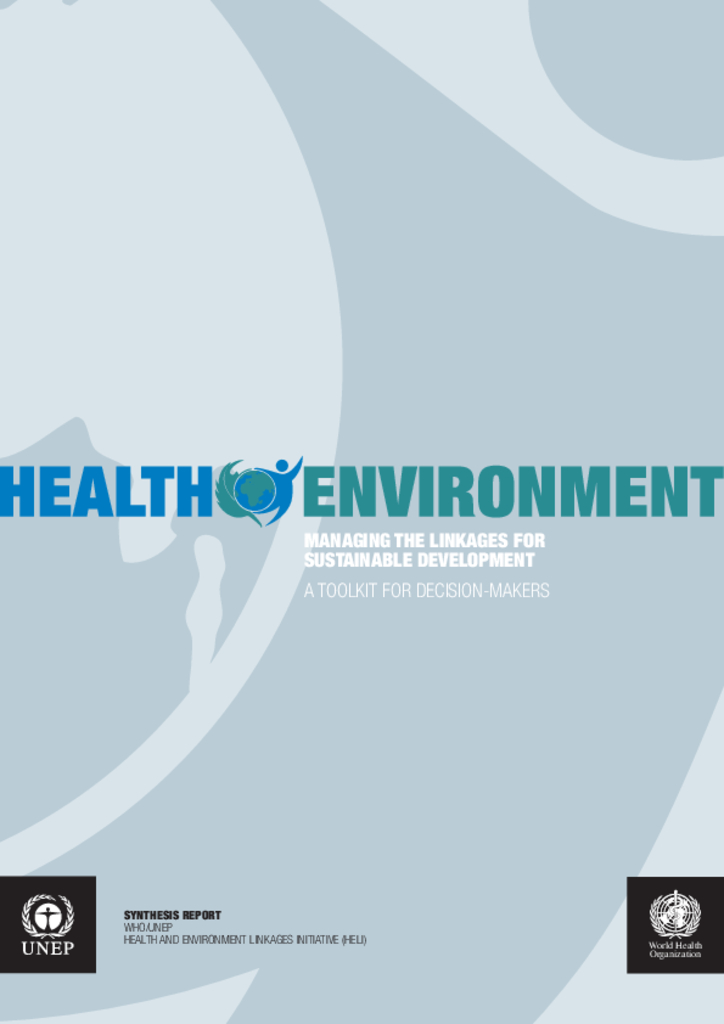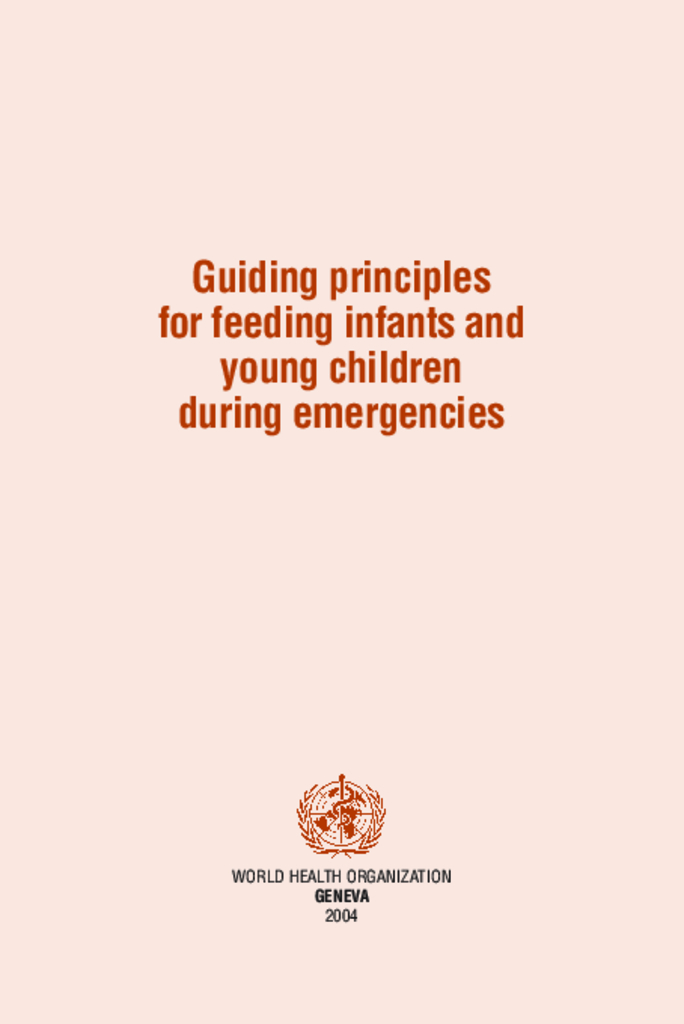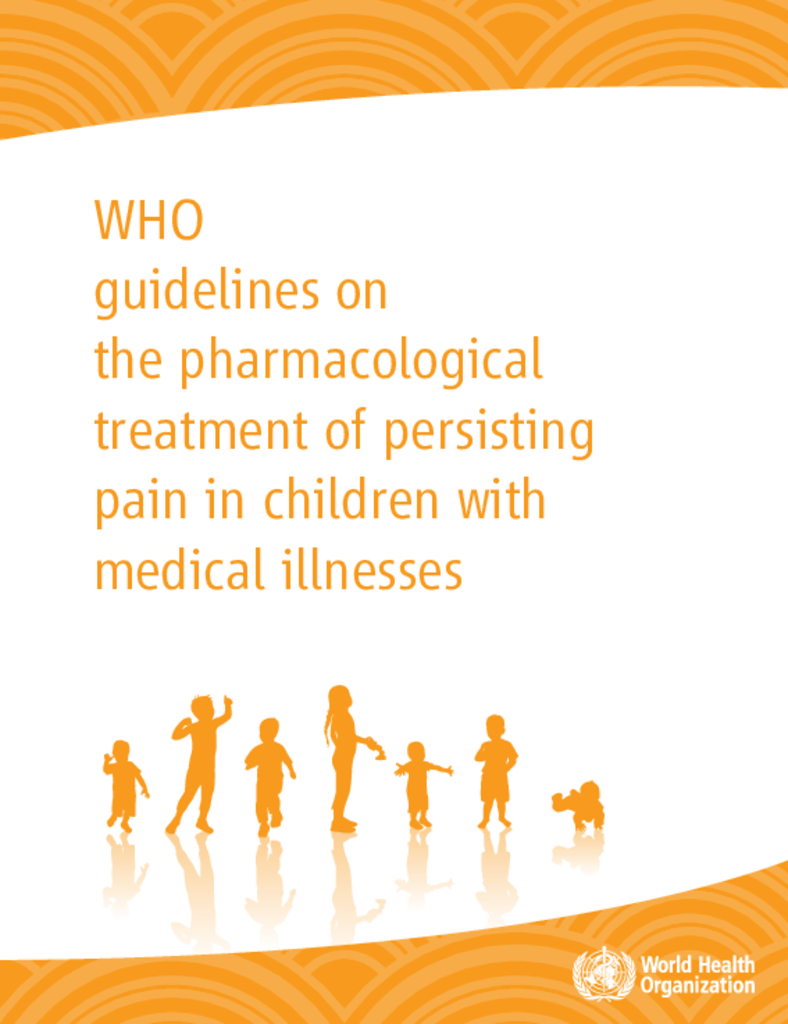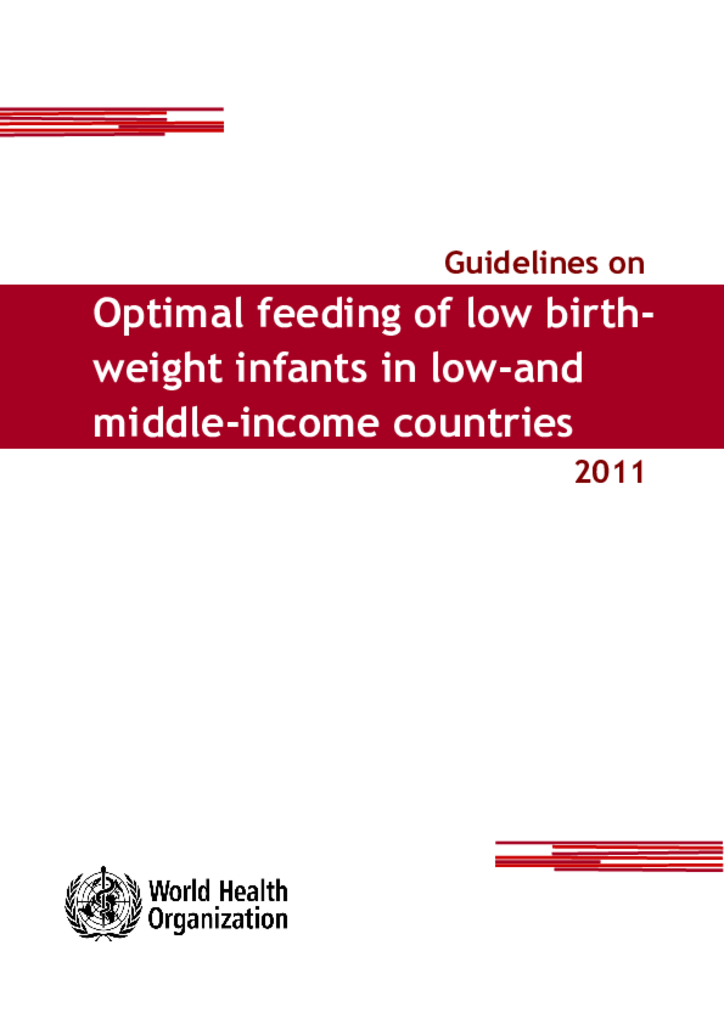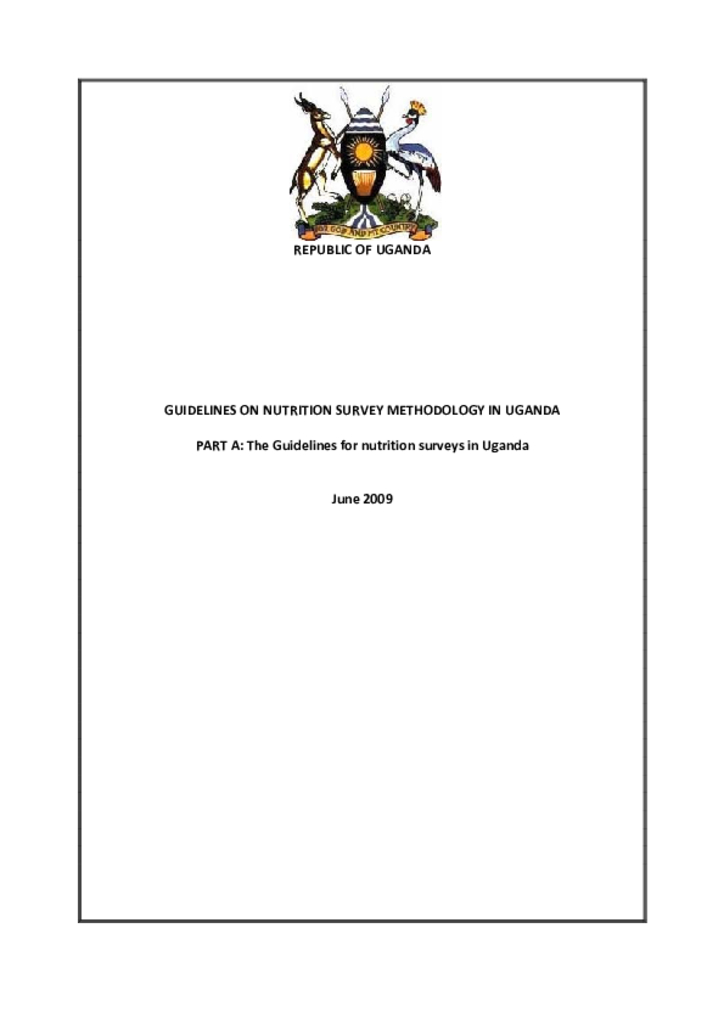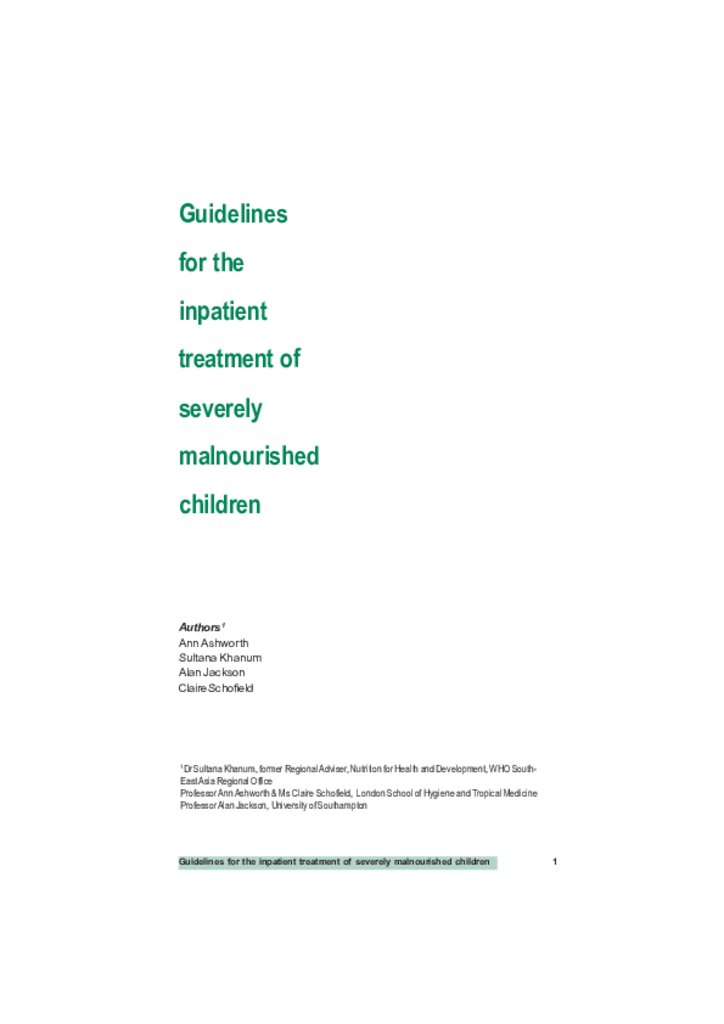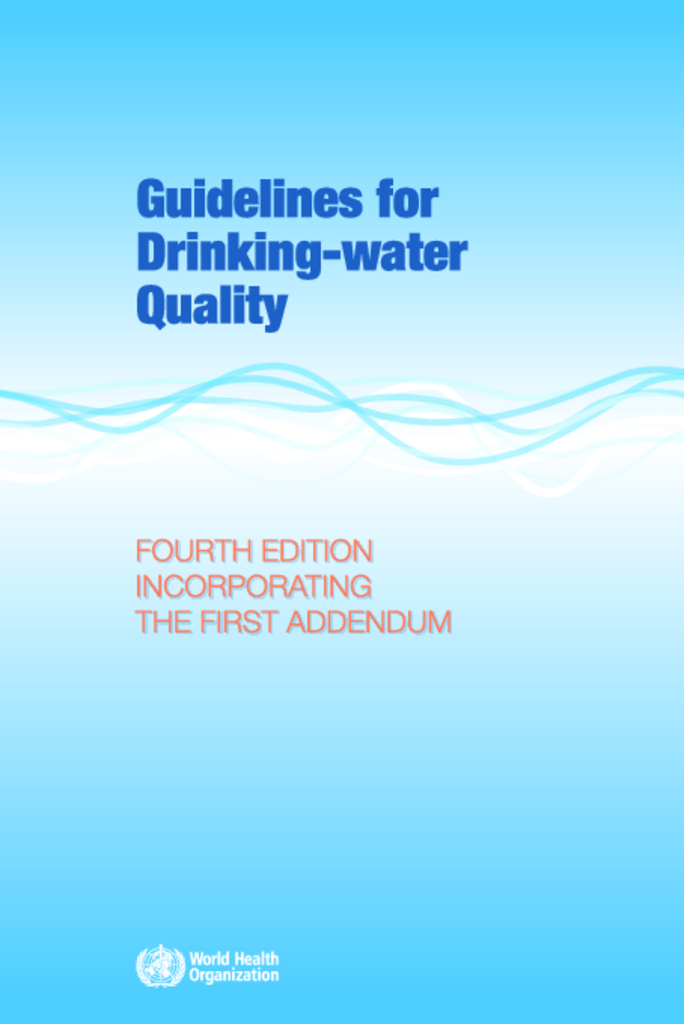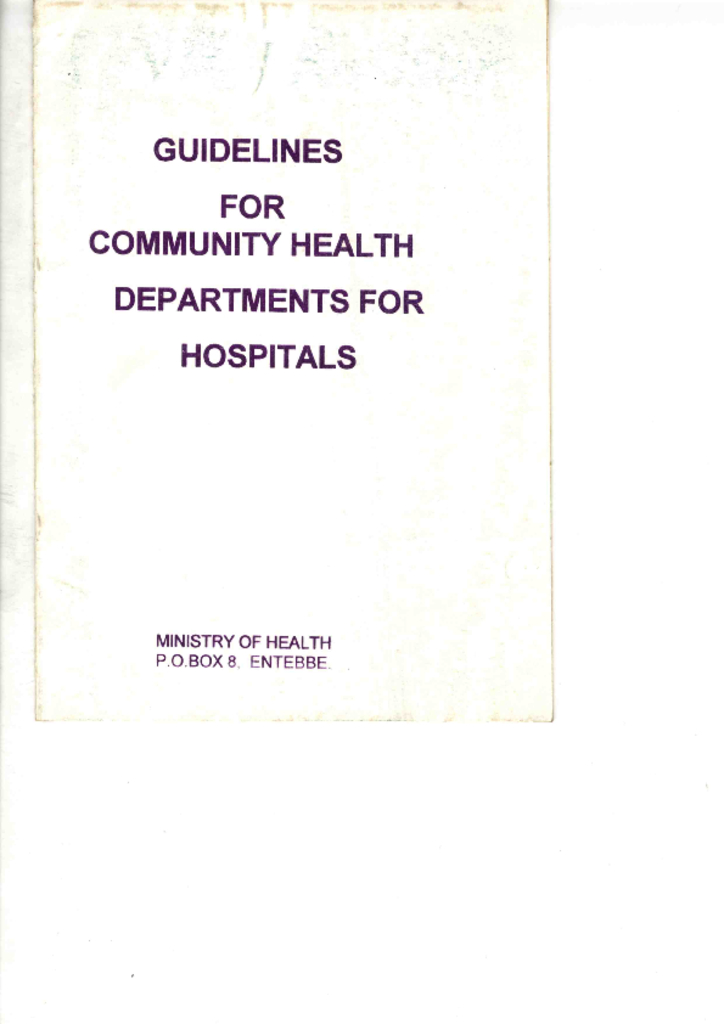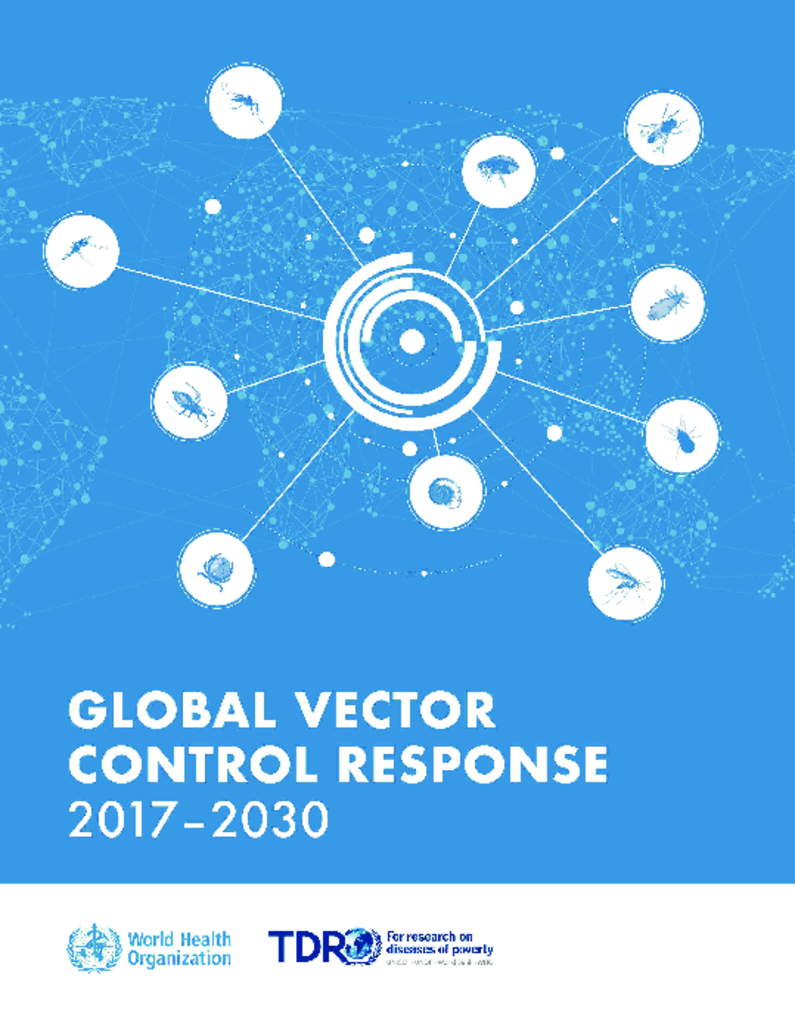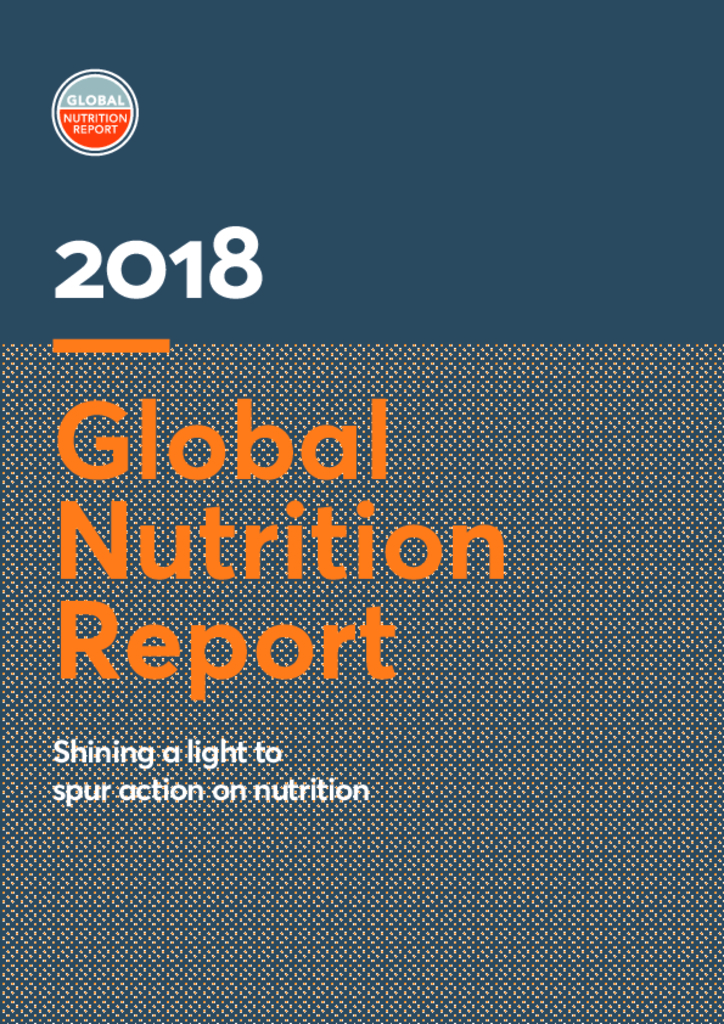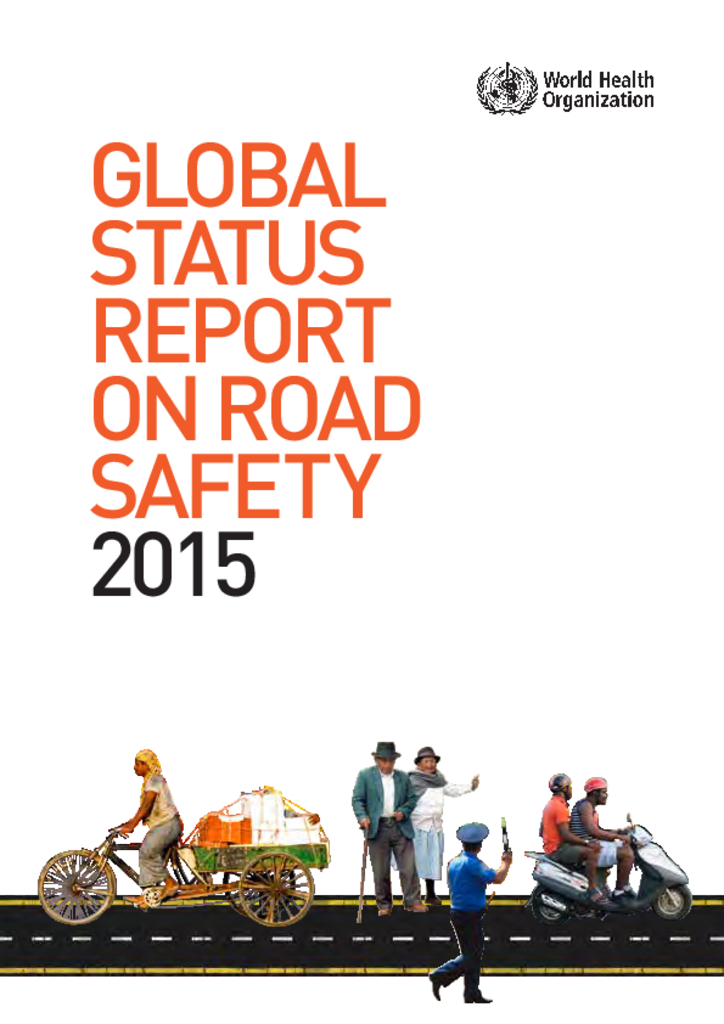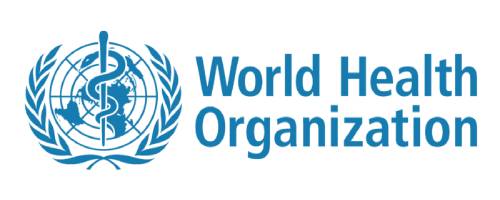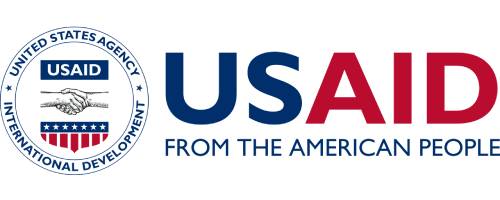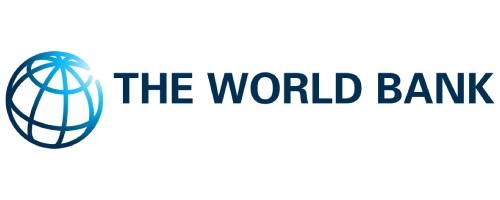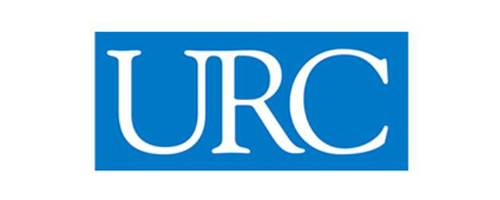The initiative supports environment and health actors working together to address issues of common concern. Traditionally, health and environment sectors have acted independently of one another, each in defined domains. While much can and has been achieved, HELI aims to add a further dimension by focusing specifically on the large and important range of decisions which cannot be taken by one sector alone – and require a coordinated approach.
Meeting the specific nutritional requirements of infants and young children,1 including protecting, promoting and supporting optimal feeding practices (Annex 2), should be a routine part of any emergency relief response. Indeed, it should be at the centre of efforts to protect the right of affected children to food, life and a productive future. As described in the Global Strategy for Infant and Young Child Feeding,2 families in difficult circumstances require special attention and practical support to be able to feed their children adequately (Annex 3).
Pain in children is a public health concern of major significance in most parts of the world. Although the means and knowledge to relieve pain exists, children’s pain is often not recognized, is ignored or even denied. These guidelines address the pharmacological management of persisting pain in children with medical illnesses. As such, they replace the previous guidelines, Cancer pain relief and palliative care in children, which exclusively covered cancer pain. They include several clinical recommendations, including a new two-step approach of pharmacological treatment. The guidelines also point to the necessary policy changes required and highlight future priority areas of research
Low birth weight (LBW) has been defined by the World Health Organization (WHO) as weight at birth less than 2500 g. The global prevalence of LBW is 15.5%, which means that about 20.6 million such infants are born each year, 96.5% of them in developing countries. There is significant variation in LBW rates across the United Nations regions, with the highest incidence in South-Central Asia (27.1%) and the lowest in Europe (6.4%).
Preparing for and protecting against public health threats is a key aspect of GOU's mission. In order to attain a resilient nation to disasters depends on how well the Government is prepared, organized, and coordinated. The emergency could be acute or evolving in form of disease outbreak, natural disaster,s or terror attacks. While the primary purpose of the PHEOC is to respond to public health emergencies, the facility and staff will support other interesting programmes and users to benefit from the One Health Approach and other priorities of the Ministry.
Uganda has been highlighted as basically meeting its national food supply needs, yet it still has a large proportion of children who are malnourished. Successive demographic and health surveys show little change in nutritional status. Moreover, this is against appreciable gains in economic growth in recent years and progress in the peace talks. Malnutrition due to both macro and micronutrient deficiency has remained a major public health problem in Uganda, especially among children below five years and women of reproductive age
Every year some 10.6 million children die before they reach their fifth birthday. Seven out of every 10 of these deaths are due to diarrhoea, pneumonia, measles, malaria or malnutrition. The WHO manual Management of Severe Malnutrition: a manual for physicians and other senior health workers and the following companion guidelines have been developed to improve inpatient treatment of severe malnutrition. The WHO/UNICEF strategy of Integrated Management of Childhood Illness (IMCI) also aims to reduce these deaths by improving treatment.
The primary purpose of the Guidelines for drinking-water quality is the protection of public health. The Guidelines provide the recommendations of the World Health Organization (WHO) for managing the risk from hazards that may compromise the safety of drinking-water. The recommendations should be considered in the context f managing the risk from other sources of exposure to these hazards, such as waste, air, food and consumer product
The health status of the Ugandan population is poor, with infant mortality rate of 97/1000 live birth (UDHS 1995) and Maternal mortality rate of 506/1000 live birth.The health status indicators reflect slow improvement over the past years.
Vector-borne diseases pose a major threat to the health of societies around the world. They are caused by parasites, viruses and bacteria transmitted to humans by mosquitoes, sandflies, triatomine bugs, blackflies, ticks, tsetse flies, mites, snails and lice.1 The major global vector-borne diseases of humans include malaria, dengue, lymphatic filariasis,schistosomiasis, chikungunya, onchocerciasis, Chagas disease, leishmaniasis, Zika virus disease, yellow fever and Japanese encephalitis (Annex 1). Other vector-borne diseases, such as human African trypanosomiasis, Lyme disease, tick-borne encephalitis and West Nile fever, are of local importance in specific areas or populations.
This report underlines two priorities that I see as key: breaking down silos and investing in new data. We are not going to make progress on nutrition or indeed wider sustainable development goals unless we address these two issues. I hope that those of us involved in the SUN Movement, especially the civil society networks, will use this valuable data and analysis in the report.
More than 1.2 million people die each year on the world’s roads, making road traffic injuries a leading cause of death globally. Most of these deaths are in low- and middle-income countries where rapid economic growth has been accompanied by increased motorization and road traffic injuries. As well as being a public health problem, road traffic injuries are a development issue: low- and middleincome countries lose approximately 3% of GDP as a result of road traffic crashes.
